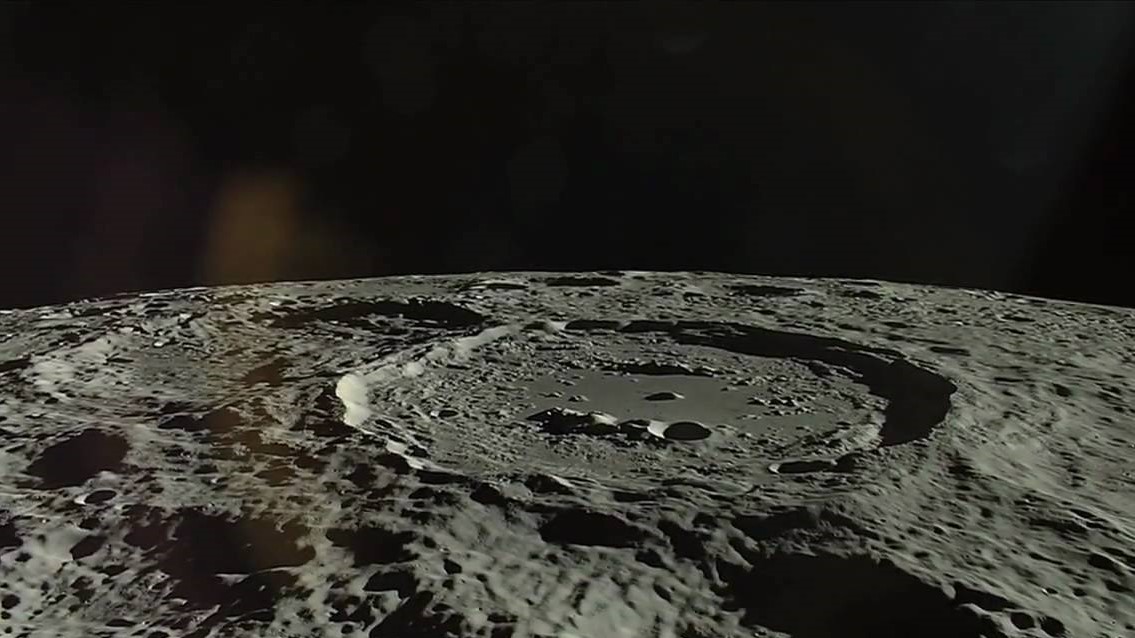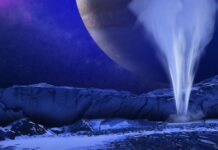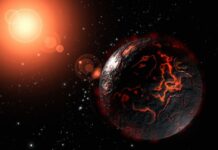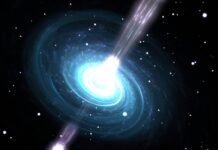50 years have passed from the Apollo 11 landing on the moon, but Earth’s only natural satellite is still somewhat mysterious. There are a lot of things that scientists want to learn about the moon, but the fact that the last time someone was there was in 1972 is not helping. This is about the change in the next decade as NASA and some other space agencies plan a permanent presence on the moon. Until further research is done, there are 6 major mysteries that surround our natural satellite.
How was the moon created?
Most scientists agree that the fundamental mystery that surrounds the moon is how exactly was it created. The first insights about this were given by the 50 pounds of moon rocks brought back by Apollo 11. Based on the research, astronomers presented the theory that the moon began as a magma ocean i.e. an enormous ball of molten lava which orbited our planet. One of the most widely accepted hypothesis is that our natural satellite was formed from a chunk of the Earth, after a mega impact with a Mars-sized object. Researchers also found that the material that formed the moon also formed our planet, which was in line with the aforementioned theory.

However, nobody can say how the magma ocean cooled down into a dry, spherical piece of rock. Also, there is no evidence that will prove the giant impact between the Earth and another planet-sized object. The discovery of water on the moon also does no good for this hypothesis.
How did the water get on the moon?
Did you know that there is water on the moon? And not just a little bit, but tones of water-ice that could be hidden just beneath the surface, especially at the lunar poles. The water could be harvested in the future to help sustain a potential lunar colony.
That’s all nice, but how did all that water/ice get there? The truth is, nobody knows the answer. However, there are a few theories that provide a possible explanation. One of them is that water embedded in the interior of the natural satellite could have been pushed toward the surface due to outgassing reactions. There is also a possibility that the water was brought from outer space by the meteors and comets that crashed into the moon.
Why moonquakes are a thing?
The moon is not so calm lifeless rock as we may sometimes assume. Ok, it may be lifeless, but it is not calm. Moonquakes are happening on our natural satellite pretty often. Back in the late 60ies and 70ies seismometers from the Apollo-era used to measure these shakes.
We can guess that the moonquakes happen because of thermal expansion, tidal stress because of Earth’s gravity or meteorite impacts. However, we cannot be 100% without further data and observations. There are also some shallower quakes that happen more often than the regular ones and are particularly hard to explain. When we get back on the moon, we might install a global seismic network which would help up understand more about the tectonic activity. Basically, scientists would like to know where do these shakes originate from, how often do they occur and what kind of effect do they have on the rest of the moon.
What causes the South Pole-Aitken basin anomaly?

The South Pole–Aitken basin is an immense impact crater on the far side of the Moon. At roughly 2,500 km (1,600 mi) in diameter and 13 km (8.1 mi) deep, it is one of the largest known impact craters in the Solar System. It is the largest, oldest, and deepest basin recognized on the Moon.
In May 2019, scientists announced that a large mass of material had been identified deep within the crater. We still do not what exactly it is, but the most accepted theory is that it is some kind of metallic body from a projectile that impacted the surface a long time ago. Whatever it is, it’s big and it is affecting the gravitational force exerted by the moon’s mass. It is intriguing because the activities inside the moon and the internal heat should have caused the mass to shift around instead of staying trapped in one spot.
Why is the moon tidally locked?
The reason why we are always seeing only one side of the moon is that it is tidally locked with the Earth. This has been observed with other moons in our solar system, but we still do not know the exact conditions that need to be met for this to happen and how it happens. Astronomers say that the mystery of the tidal locking is connected with question about the origin of the moon and what happened in the early lunar history. Once we figure this out, it will help us understand the behaviour of some other objects in the universe as well.
Volcanos on the moon?
It is hard to imagine a volcano erupting on the moon these days. But studies suggest that actually there could have been active volcanos in the last 100 million years. We still do not know much about the volcanism on the moon, so we cannot determine what this activity was actually like and what did it mean to the moon’s geology. Some parts of the surface on the moon look younger than others, and we can’t say exactly why. Perhaps we need newer moon samples?
Scientists say that the implications stretch beyond just the moon. If we can find out how young or how old the surface of the moon really us, we can use the knowledge to make predictions about the surfaces on other space objects as well. Eventually, all that can help us have a better understanding of the history of the solar system and beyond.


















